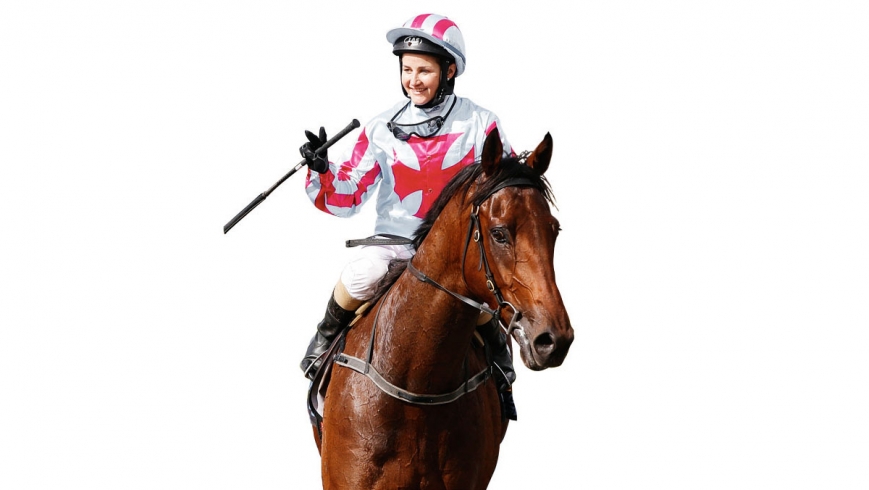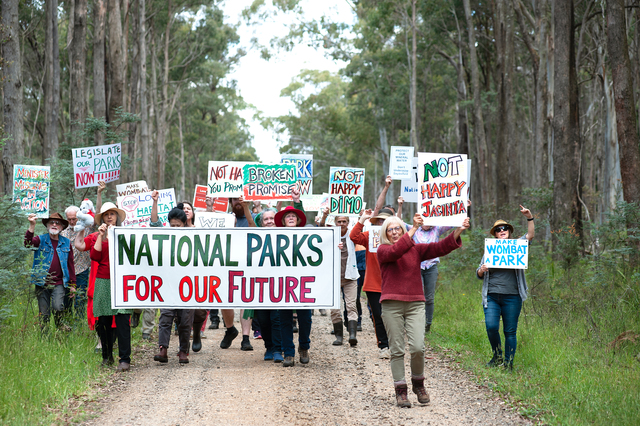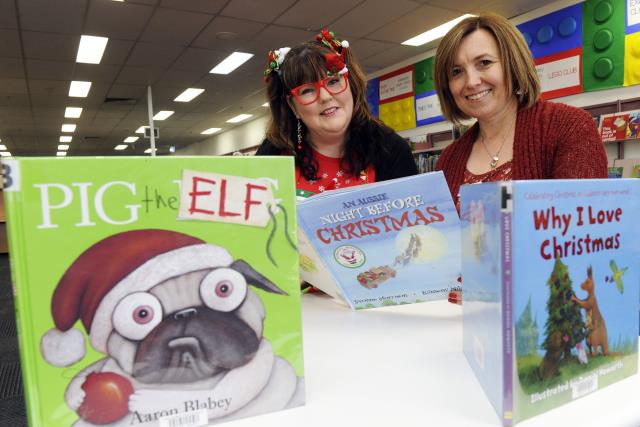Whether or not you like a flutter, it’s a lay down misère that the sport of racing is worth many millions of dollars to Melbourne and the state as a whole.
The latest race results show the spring racing carnival delivered an estimated annual gross economic benefit of $620 million, with 70,799 new hats being the feather on top of the $53.3 million spent in the fashion stakes alone.
It’s money that doesn’t stop at milliners, but flows through the community to moteliers, high-street restaurants, cafés and shops, and trickles through the bowsers of petrol stations.
The lion’s share of revenue was generated by the Melbourne Cup, with the Caulfield Cup running second and the Cox Plate placing third.
Approaching National Jockeys Celebration Day this weekend (August 2) it is sobering to reflect on just how much is riding on the slim shoulders of the more than 840 jockeys registered in Australia.
More than half of all Australian jockeys earn less than $60,000 a year (that’s before expenses), but come Cup time, big corporates think nothing of spending $100,000 plus first-class air tickets to lure an international celebrity A-lister into their marquees for a couple of hours.
Statistics released by the National Jockeys’ Trust (NJT) this week reveal:
– About 200 riders are injured each year on Australian racetracks
– 89 per cent of jockeys will have a fall that requires medical assistance
– 9 per cent have fallen more than 20 times
– Each year, 40 per cent of jockeys will have a fall that will prevent them from riding for an average of five weeks.
– Combined with track work, there are almost 500 falls annually.
– 5 per cent of these falls result in career-ending injuries.
– In the next 10 years an estimated 10-12 jockeys will die and a further 50 will suffer career-ending injuries including paraplegia, quadriplegia and severe brain injury.
In the year to December 2013, two Australian-registered jockeys – both female – died as a result of race falls.
In the past decade, the NJT has provided more than $2 million in assistance to 200 injured jockeys and the families of those who suffered their last and fatal fall.
As NJT spokeswoman Tanya Fullarton puts it: “When you think about it, a jockey weighing 50-60 kilograms riding a 550-kilogram thoroughbred at 60km/h does not allow much margin for error.”
Payne’s pain
As a member of one of the nation’s most famous jockey families, Michelle Payne well understands the odds. One of eight sibling jockeys (six girls and two boys), Payne has been falling from horses since her dad, Paddy, first plonked her on a grumpy Shetland when she was four.
She has suffered a cracked skull, bruised brain, broken wrist, smashed ankle, twice fractured her neck, and mostly recently she suffered five fractured vertebrae, a cracked collarbone and several broken ribs at a country race meeting in 2012.
Payne is thinking of retiring in the next two years.
Now 28, she says she “never wanted to ride until she was really old”, but she still tries not to think about the risk of injury.
“If you do as a jockey, you’d go mad,” she once said.
This weekend’s race meeting, it’s time for punters, sponsors and fashionistas to put their hands in their pockets for the riders and buy some NJT merchandise.
The jockeys, after all, are the ones who make all the money go round.
By Sarah Harris
This article was first published in July, 2014.







